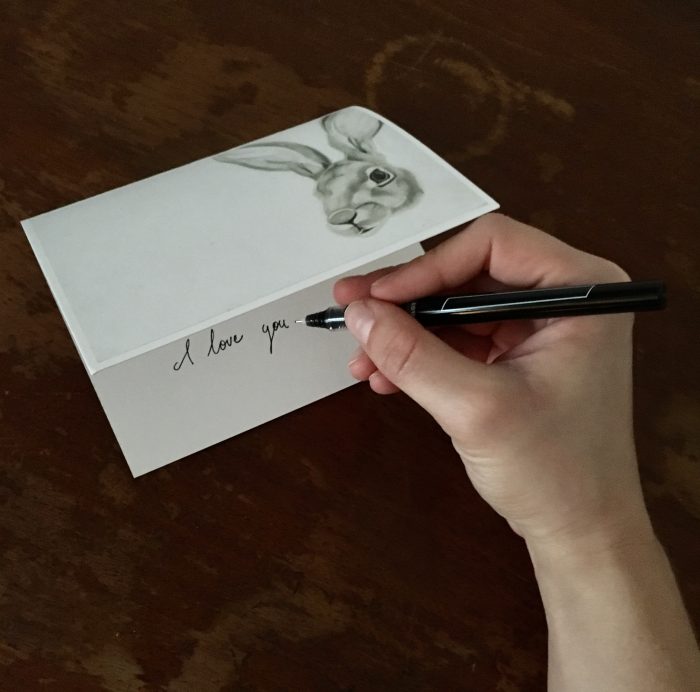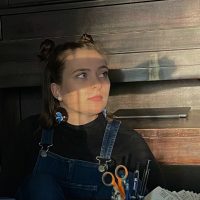In a small alcove in my parents’ attic there is a plastic box.
The box is tattooed with my name on all sides and contains a series of loose pages and stacks of stapled papers – all filled with penciled words strung together in a narrative fashion. Written words have encompassed my life – perhaps more so than in others’ – from the time I was able to consciously listen to someone read and watch someone write. A love for reading, myself, embedded into my bones at an early age, paving the way for a lifetime of written words that I would eventually construct and create stories out of.
The first of my stories were created and stored in my mind, as I sat in dark corners of my room at home and in the back of classrooms at school, until I was able to successfully convey them onto paper with scratchy handwriting and backward letters. These earliest stories often came from moments of experience, with personal foci such as my family and my pets as my main subjects. I wrote down memories of cozy holidays, acrimonious diary entries depicting scenes of quarrel among my siblings, and from-the-moment-I-first-saw-you love letters to my cats and dogs.
As I grew older and approached middle school, my stories took on a much more imaginative approach, following similar patterns that were apparent in the – mostly fantasy – books that I read. These new kinds of written creations reflected less of my personal life and more of a fantastical reality: including animals flying rocket ships into space and dogs living a Cinderella lifestyle, among others. The extent of my stories also increased in length substantially: what were once two-sentenced anecdotes scribbled on loose pages, now filled numerous pages worth of inventive information.
During my high school years, my personal inscriptions – as opposed to the increasing abundance of academic writing – were deeply rooted in my emotions and inner thoughts. I created less fictional stories and took a focus on the emotive qualities of my mind, creating pieces that ranged from hearty attempts at poetry to zealous and hasty journal entries. I was essentially a typical teenage-angst writer, feeding the fuel of my pencil with passionate bursts of emotions – usually consisting of anger and heartache.
In my almost-ten years post-high school, my written narratives have followed a fluctuating pattern of imaginative and autobiographical context. I relish in constructing alternate realities where there are no restrictions to abide by or boundaries to stay within – but these stories more often reside in my mind than they appear on paper. More recurrently, I remain a memoirist – short of most of the teenage-angst. Though now I typically write as a way to express intense emotions and solve persistent internal dilemmas, the novelist in me continues to construct inventive worlds that exist as the frameworks for stories I have yet to tell.











Read 0 comments and reply